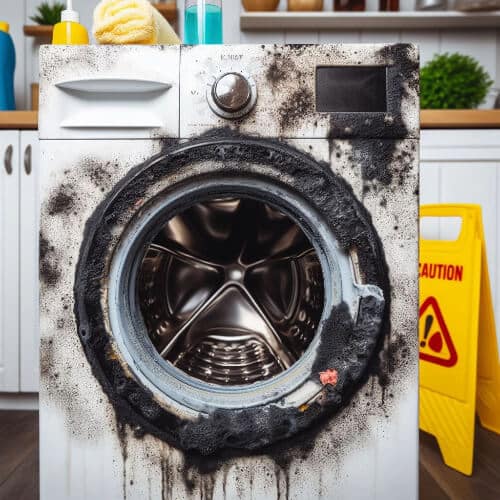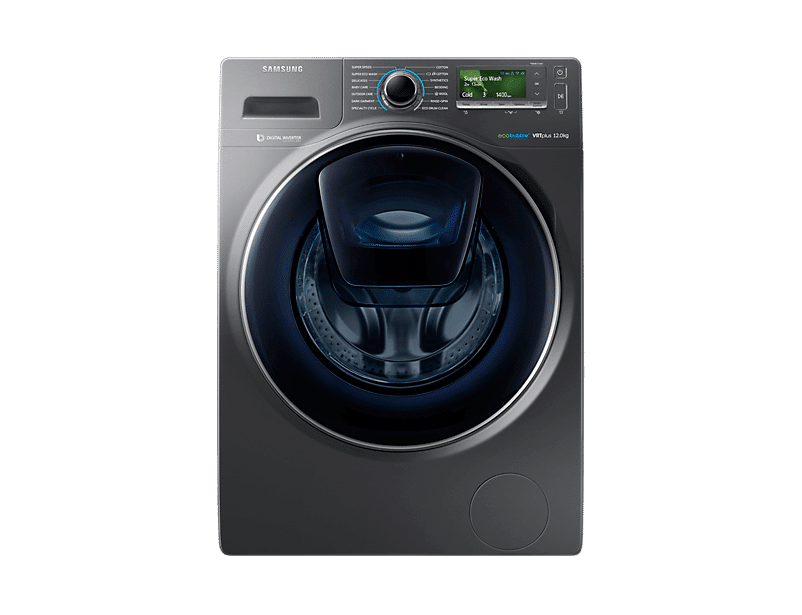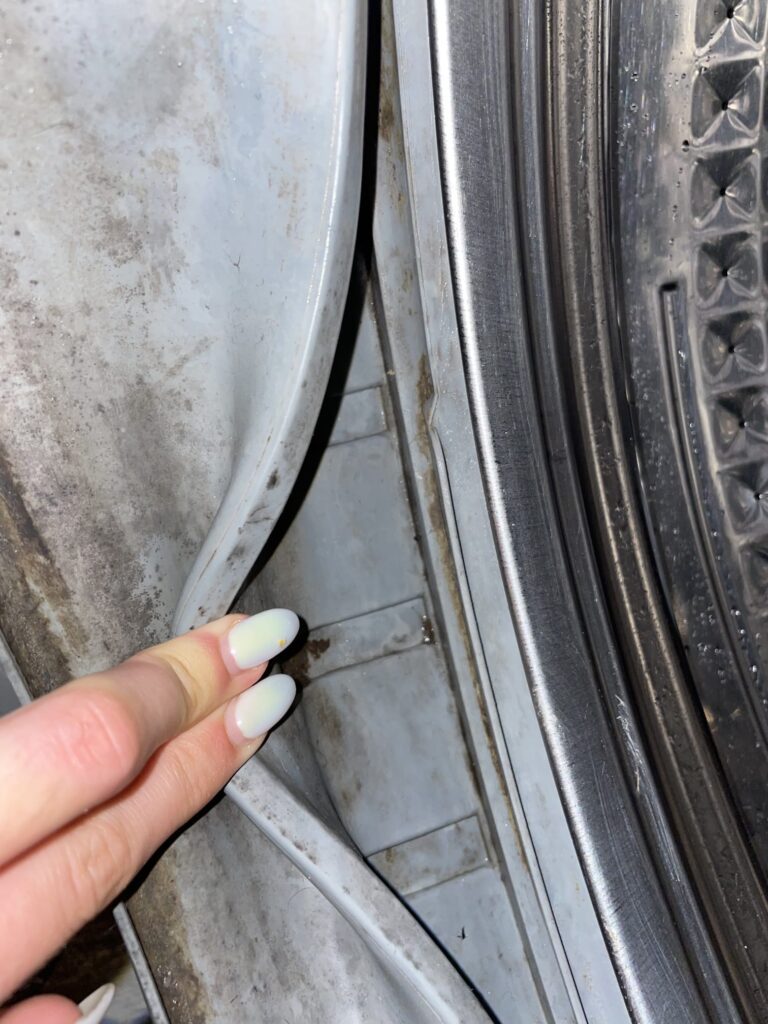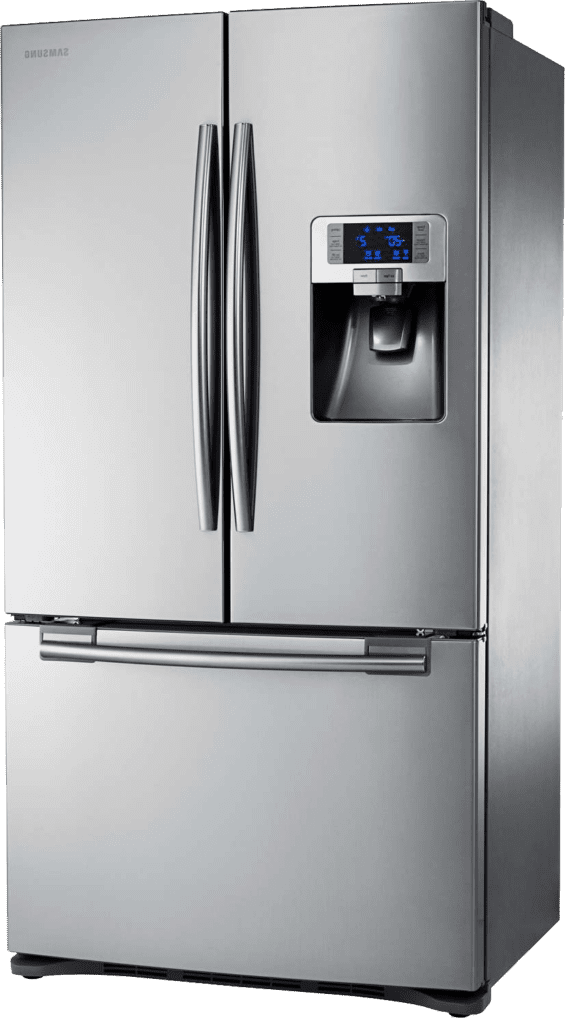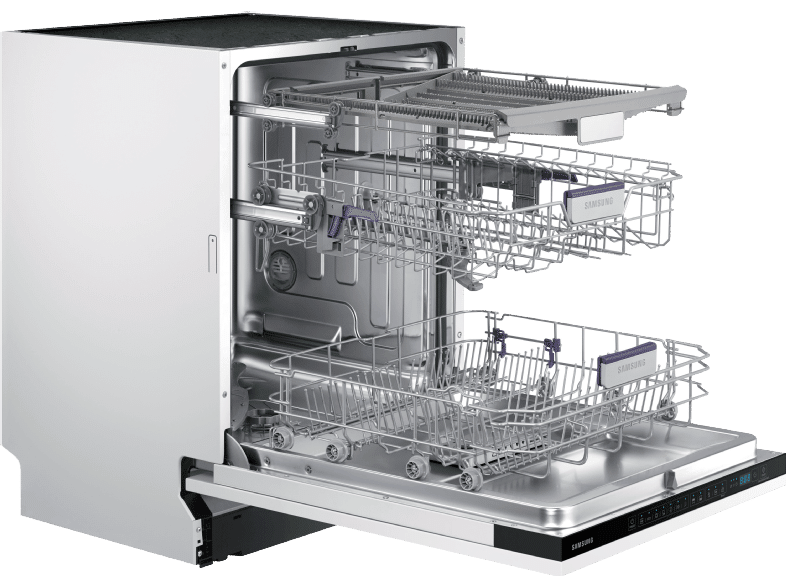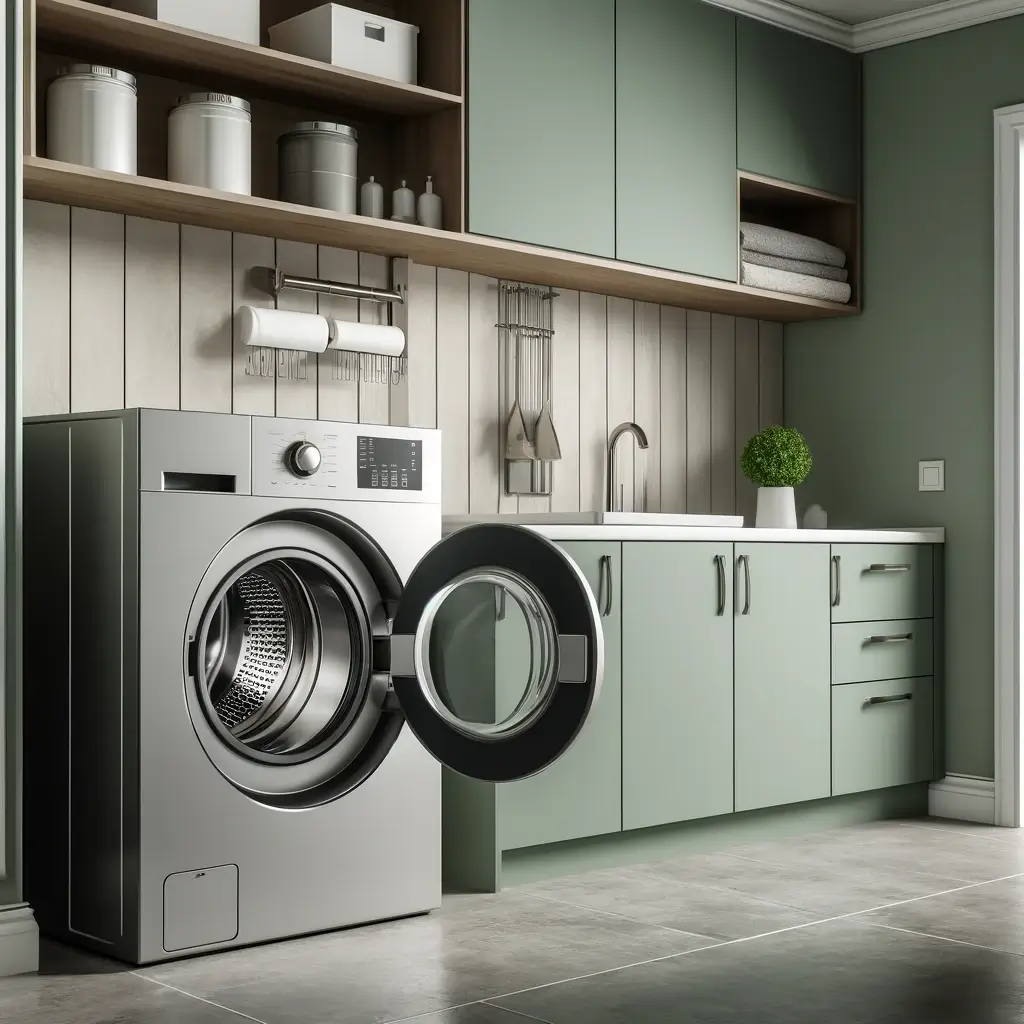Causes of Mold Growth:
Front-load washers, with their horizontal drum design, present an environment where moisture tends to linger. This lingering moisture, coupled with the presence of detergent residues and organic materials, creates an ideal breeding ground for mold. The sealed nature of the door, while promoting energy efficiency, can inadvertently trap moisture and warmth, fostering the perfect conditions for mold development.
Frustrations of Mold Discoveries:
Discovering mold in your front-load washer can be both disheartening and frustrating. The musky odor, stained gaskets, and sometimes visible mold patches on the rubber seals are telltale signs of an unwelcome guest. Beyond the aesthetic displeasure, the implications on cleanliness and potential health risks add to the homeowner’s frustrations.
Alright, let’s talk about fighting off mold in your washing machine. You don’t need to be an expert; just some everyday solutions can do the trick.
What Kills Mold in Appliances?
Wondering how to get rid of mold in your washing machine? Well, you’ve got a few tricks up your sleeve. Doing simple things like cleaning with vinegar and baking soda or wiping down the rubber parts helps a lot. It’s like telling mold, “You’re not welcome here!”
Mold Growing Inside Your Washing Machine? Kill It ASAP!
Imagine finding mold having a party in your washing machine—yikes! But here’s the deal: you can stop it ASAP, meaning right away. Clean it up, use stuff that kills mold, and you’ll save the day. It’s like giving mold the boot before it invites more friends.
Can Mold Survive in a Washing Machine?
Here’s a tricky question: Can mold survive in a washing machine? Yep, it can if your machine doesn’t get a chance to dry out between washes. Mold likes damp spots, and leftover detergent is like its favorite snack. So, give your machine some air and a good clean to kick mold out.
So, here’s the plan: keep things clean, let your machine dry out, and act fast if you spot any mold. You’re the boss in this battle against mold in your washing machine!
Why Mold in the Fridge?
Your fridge is like a cozy home for food, but sometimes mold decides to join the party. It happens when there’s extra moisture or some forgotten leftovers hanging around. So, even though your fridge is great at keeping things cool, it’s not a fan of mold.
Is it Safe to Use a Fridge with Mold?
Now, here’s a big question: Is it safe to use a fridge with mold? The short answer is no. Mold can mess with your food and, in some cases, it might not be good for your health. So, if you spot mold, it’s time to kick it out.
Is Black Mold in the Fridge Toxic?
Black mold sounds serious, right? It can be. Some types of black mold might be toxic, so it’s not something you want in your fridge. If you spot it, it’s best to get rid of it pronto.
If mold has already crashed your fridge party, no worries. We’ll talk about how to get rid of it from your fridge and freezer. Spoiler alert: it involves some cleaning and tossing out any expired items.
If you find yourself dealing with an unwelcome guest at your refrigerator party, namely mold, fear not. We’re here to guide you through the process of eliminating it from both your fridge and freezer, ensuring a clean and hygienic food storage environment. Brace yourself for a comprehensive approach that combines meticulous cleaning practices with the curation of your stored items.
1. Thorough Cleaning Rituals:
Begin by embarking on a meticulous cleaning mission. Empty out your refrigerator and freezer, taking the time to inspect every nook and cranny. Utilize a mixture of mild detergent and water or a solution of vinegar and water for cleaning interior surfaces, shelves, and drawers. Pay special attention to any visible mold growth, ensuring it is thoroughly scrubbed away.
2. Dispose of Expired Items:
A crucial step in the mold elimination process is parting ways with expired or spoiled items. Discard any food or perishables that have overstayed their welcome, as they not only contribute to mold growth but may also pose health risks. Check for any forgotten leftovers, expired condiments, or items past their prime.
3. Target Mold-Prone Areas:
Mold tends to thrive in areas prone to moisture accumulation. Focus your attention on components like rubber gaskets, drip pans, and drainage systems. Ensure these are cleaned and dried thoroughly to prevent any lingering moisture that might fuel mold resurgence.
4. Implementing Mold-Prevention Strategies:
Now that you’ve evicted the mold, it’s time to fortify your defenses against future invasions. Consider placing an open box of baking soda in both the fridge and freezer; baking soda is excellent for absorbing excess moisture and odors. Regularly check and replace the baking soda to maintain its effectiveness.
5. Regular Maintenance Routine:
Establishing a routine for regular fridge and freezer maintenance is crucial in preventing mold from making a comeback. Periodically clean and inspect these appliances, paying attention to potential water leaks, ensuring proper ventilation, and promptly addressing any issues that could create a conducive environment for mold growth.
By doing these things and being careful, you can say bye-bye to mold and make sure your fridge stays clean and safe for your food. Just remember, a tidy and well-kept fridge is your best way to stop mold from causing problems.
In a nutshell, your fridge might face a mold challenge now and then, but with a bit of know-how and some expert advice, we’ll keep it fresh and clean.
